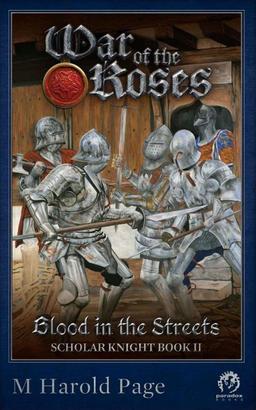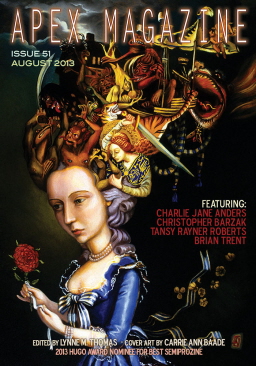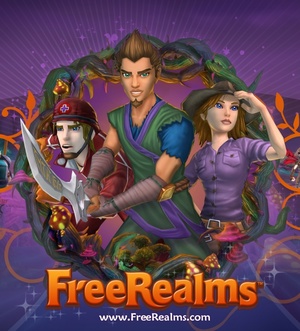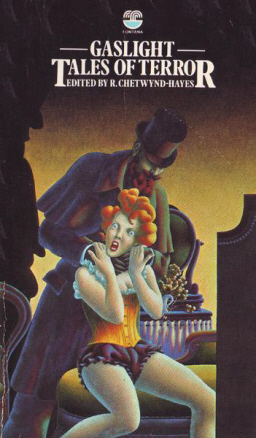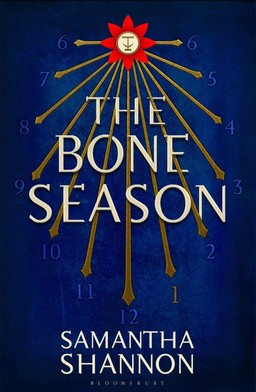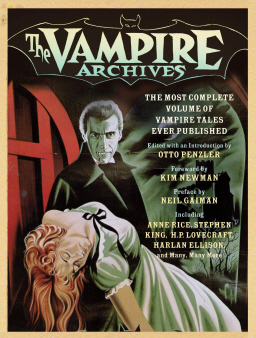New Treasures: Tunnel Out of Death by Jamil Nasir
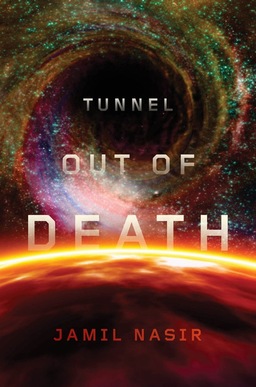 Jamil Nasir wrote a number of intriguing paperbacks for Bantam Spectra over a decade ago, including The Higher Space (1996), Tower of Dreams (1999), and Distance Haze (2000) — see all three here. They were an interesting blend of science fiction of fantasy, asking Philip. K. Dick-like questions about dreams and the nature of reality (the cover tag for Distance Haze was “If dreams are doorways, where do they take us?”). And indeed, Tower of Dreams was nominated for the Philip. K. Dick Award, given annually to the best original paperback published in the US.
Jamil Nasir wrote a number of intriguing paperbacks for Bantam Spectra over a decade ago, including The Higher Space (1996), Tower of Dreams (1999), and Distance Haze (2000) — see all three here. They were an interesting blend of science fiction of fantasy, asking Philip. K. Dick-like questions about dreams and the nature of reality (the cover tag for Distance Haze was “If dreams are doorways, where do they take us?”). And indeed, Tower of Dreams was nominated for the Philip. K. Dick Award, given annually to the best original paperback published in the US.
Nasir has been relatively quiet since 2000, publishing one new novel from Tor in 2008, The Houses of Time. But he bounced back last year with Tunnel Out of Death, a science fantasy about a private detective hired to find a literal lost soul…
Heath Ransom, former police psychic turned machine-enhanced “endovoyant” private investigator, is hired to find the consciousness of the rich and comatose Margaret Biel and return it to her body. Tracking her through the etheric world, he comes upon a strange and terrifying object that appears to be a tear in the very fabric of reality. He falls into it — and into an astonishing metaphysical shadow-play.
For Margaret is a pawn in a war between secret, ruthless government agencies and a nonhuman entity known only as “Amphibian.” Their battlefield is a multi-level reality unlike anything humankind has ever imagined. When Heath learns to move back and forth between two different versions of his life, and begins to realize that everyone around him may be a super-realistic android, that is only the beginning of a wholesale deconstruction of reality that threatens more than his sanity…
I have to admit, that’s one of the most original plot synopses I’ve read in the last year. I ordered a copy last week; my to-be-read pile is hopelessly backlogged, but if I get a chance to crack it open, I’ll report back here. Tunnel Out of Death was published May 7, 2013 by Tor Books. It is 304 pages, priced at $24.99 in hardcover and $12.99 for the digital edition. So far, there is no paperback edition.
See all of our recent New Treasures posts here.
 The first stop I made on my shopping expedition last Boxing Day was at my local neighbourhood comics store, which happens to be conveniently located two and a half blocks from my house. There, I found a deal in the back-issue bins: issues 1 to 4 of Stalker, a DC fantasy comic from the 70s. I’d vaguely heard of the title, but knew nothing about it. I thought I remembered hearing that it had good art, which I imagined perhaps meant work by somebody like Nestor Redondo or Ernie Chan. I was way off. In fact, the art was by the remarkable team of Steve Ditko and Wally Wood. As a result, it’s wonderful. And more than that: it’s truly weird fantasy art in every sense.
The first stop I made on my shopping expedition last Boxing Day was at my local neighbourhood comics store, which happens to be conveniently located two and a half blocks from my house. There, I found a deal in the back-issue bins: issues 1 to 4 of Stalker, a DC fantasy comic from the 70s. I’d vaguely heard of the title, but knew nothing about it. I thought I remembered hearing that it had good art, which I imagined perhaps meant work by somebody like Nestor Redondo or Ernie Chan. I was way off. In fact, the art was by the remarkable team of Steve Ditko and Wally Wood. As a result, it’s wonderful. And more than that: it’s truly weird fantasy art in every sense.